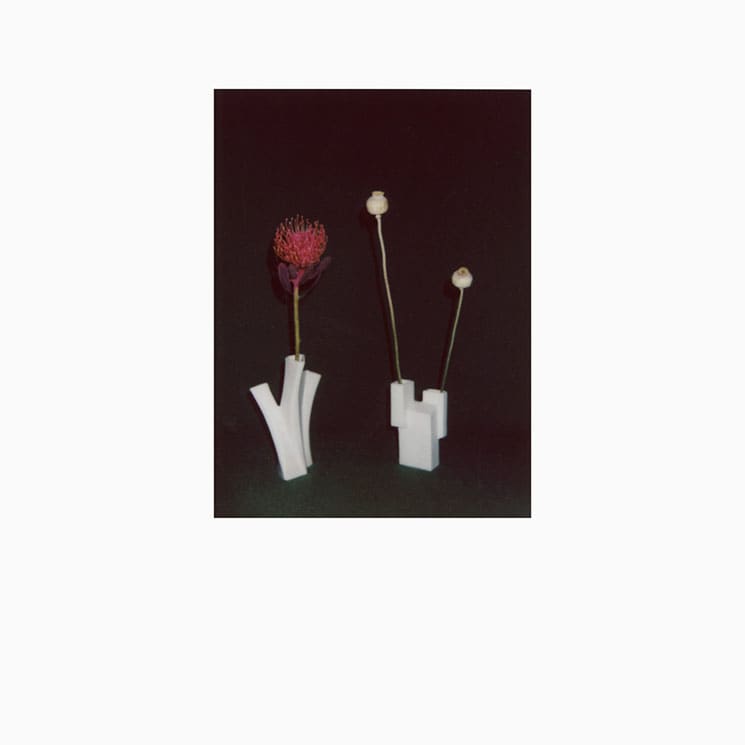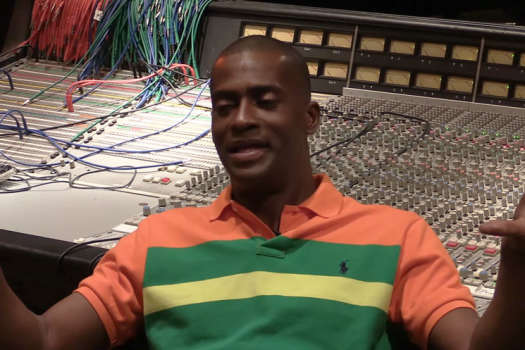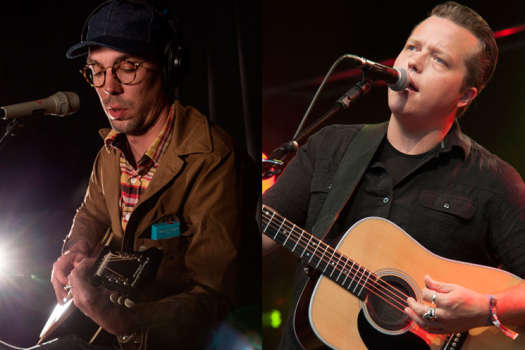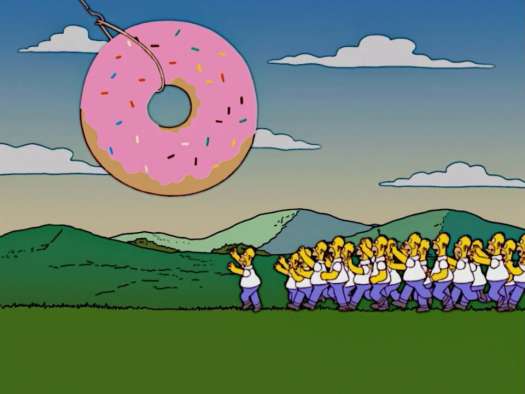Opening as it does, with barely a whisper, Félicia Atkinson's The Flower and the Vessel is clearly a less-is-more proposition. Given the recent burst of interest in autonomous sensory meridian response (ASMR) recordings, it is tempting to dismiss releases of this sort as late to the party. It's a bit like the mass marketing of the New Age category in the mid-1980s, which ruined ambient music for a generation.
But it is a mistake to view Atkinson's work in this light. The Parisian composer and poet approaches her work formally, and with great seriousness. She earned her Masters of Fine Arts degree with honours at Les Beaux Arts de Paris; currently, Atkinson is a PhD candidate studying musicology at Rennes 2 University.
According to her bio, her work focuses on "improvisation, deep listening, cut ups, duration, silence and noise, musique concrète, poetic spaces, deserts, forests, animism, abstraction, ambien[ce] and language."
The 11 pieces featured on The Flower and the Vessel are surprisingly complex, given Atkinson's delicate approach to her music. It is a powerful combination; she's able to present work that is at times genuinely difficult, but because it's performed with such careful subtlety, there isn't a single sharp edge to be found on the album's 70 minutes.
The album's instrumentation contributes to this palatability. Her piano figures as prominently as her voice. We are treated to delay effects, iPad gamelan patterns, gong, vibraphone, marimba and field recordings from Tasmania and the Mojave Desert.
While English is spoken, the disc is rooted in French music history. Atkinson references three touchstone recordings: Maurice Ravel's "L'enfant et les sortilèges," Claude Debussy's "La Mer" and Erik Satie's "Gymnopédies." Atkinson's well-informed take on minimalism is not to be missed.
(Shelter Press)But it is a mistake to view Atkinson's work in this light. The Parisian composer and poet approaches her work formally, and with great seriousness. She earned her Masters of Fine Arts degree with honours at Les Beaux Arts de Paris; currently, Atkinson is a PhD candidate studying musicology at Rennes 2 University.
According to her bio, her work focuses on "improvisation, deep listening, cut ups, duration, silence and noise, musique concrète, poetic spaces, deserts, forests, animism, abstraction, ambien[ce] and language."
The 11 pieces featured on The Flower and the Vessel are surprisingly complex, given Atkinson's delicate approach to her music. It is a powerful combination; she's able to present work that is at times genuinely difficult, but because it's performed with such careful subtlety, there isn't a single sharp edge to be found on the album's 70 minutes.
The album's instrumentation contributes to this palatability. Her piano figures as prominently as her voice. We are treated to delay effects, iPad gamelan patterns, gong, vibraphone, marimba and field recordings from Tasmania and the Mojave Desert.
While English is spoken, the disc is rooted in French music history. Atkinson references three touchstone recordings: Maurice Ravel's "L'enfant et les sortilèges," Claude Debussy's "La Mer" and Erik Satie's "Gymnopédies." Atkinson's well-informed take on minimalism is not to be missed.




